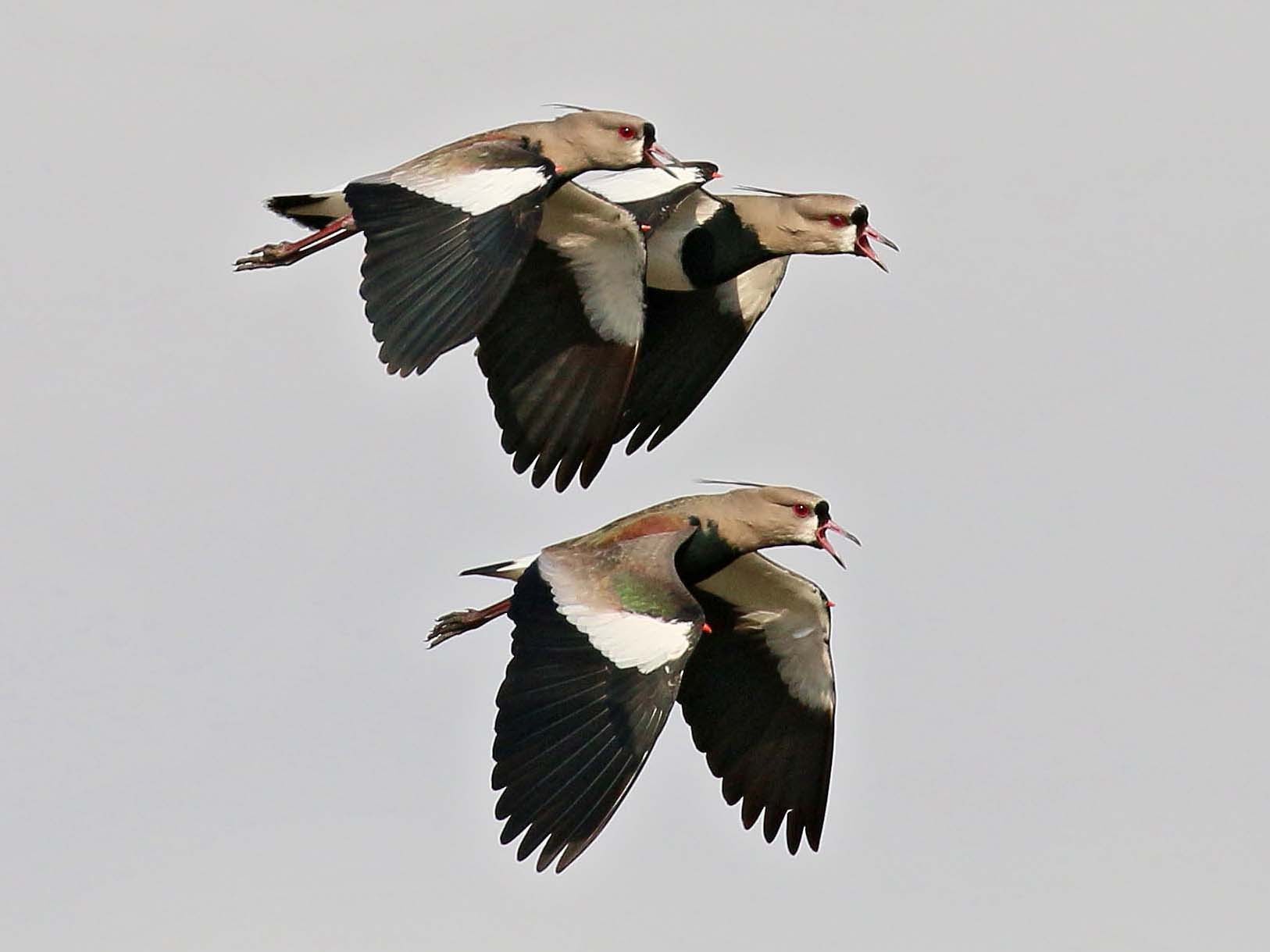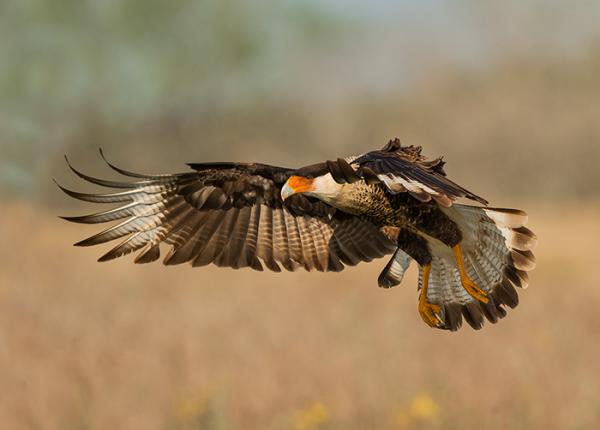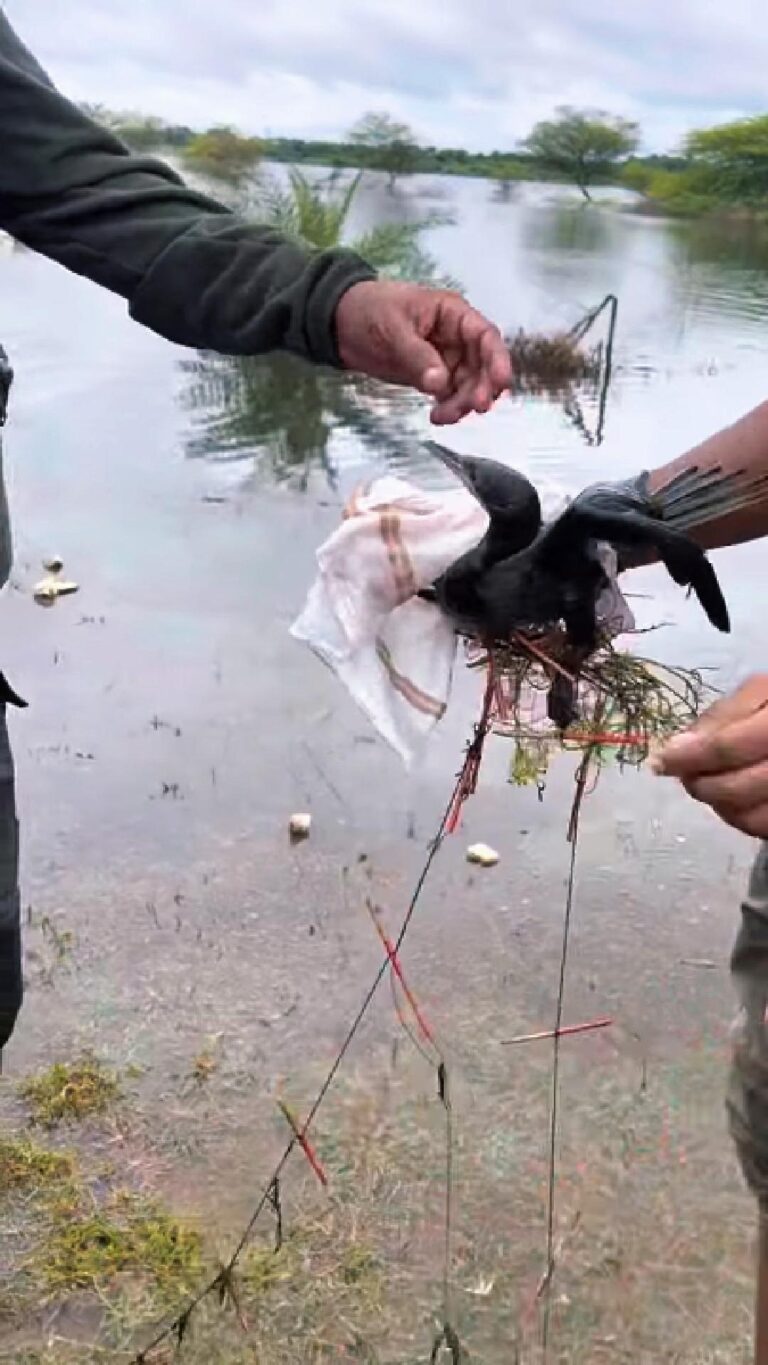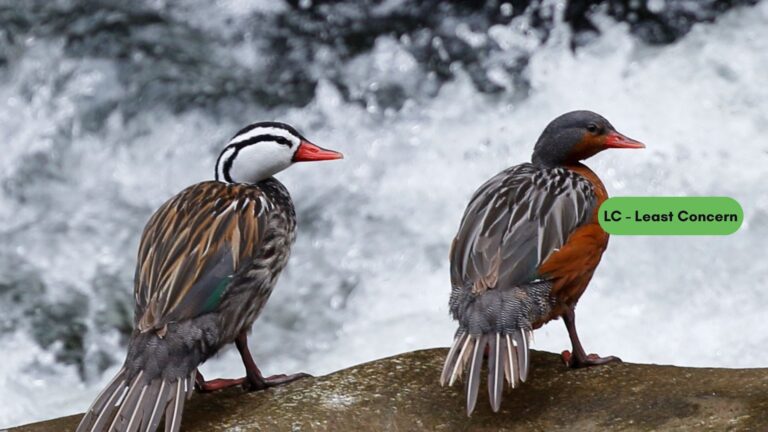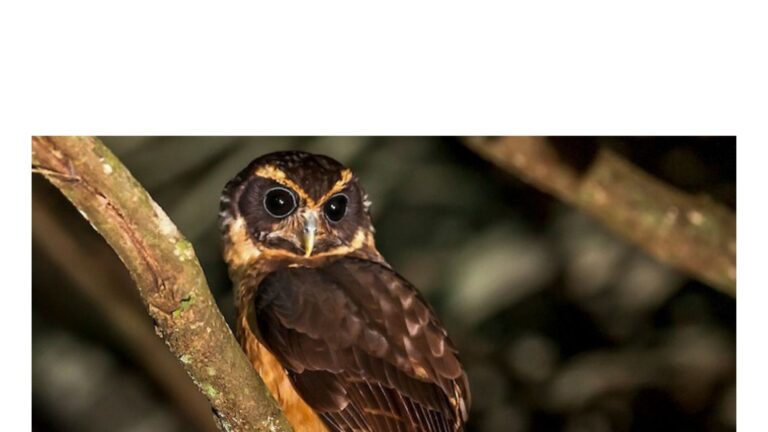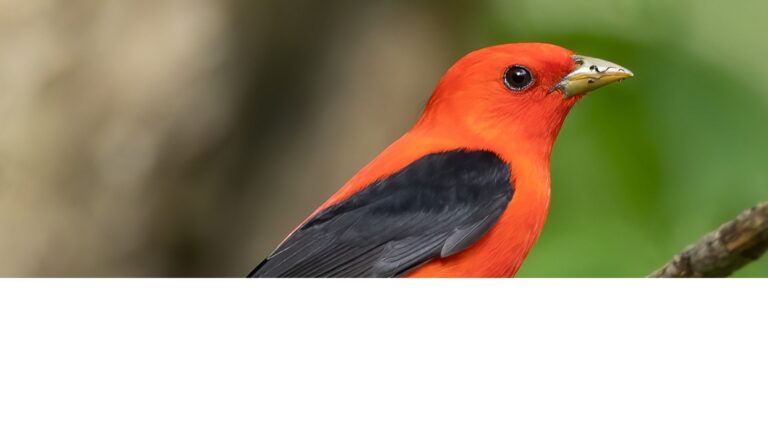Southern Lapwing: The Colorful Guardian of South American Wetlands
The Southern Lapwing, known scientifically as Vanellus chilensis, is a striking bird commonly found across various regions of South America. This bird is easily recognized by its distinctive appearance and unique behaviors, making it a favorite among bird watchers and nature enthusiasts. From grasslands to wetlands, the Southern Lapwing thrives in diverse habitats, showcasing its adaptability and resilience.
These birds are more than just a pretty sight; they exhibit fascinating social structures and behaviors that contribute to their survival. They are often seen in groups, especially during feeding times, which helps them to forage more efficiently and protect against predators. Understanding their ecology and conservation status offers insight into the health of their habitats and the broader environmental challenges they face.
Bird watchers looking to observe the Southern Lapwing can benefit from knowing its preferred locations and behaviors. Being aware of the time of day and season can greatly enhance the chances of spotting this remarkable bird in its natural environment.
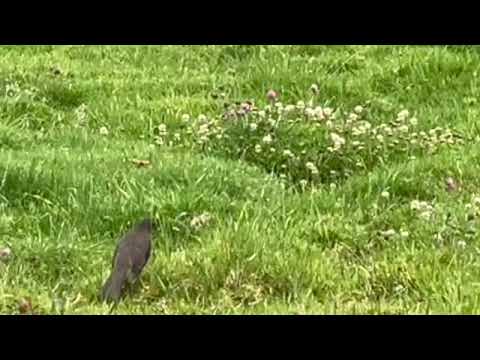
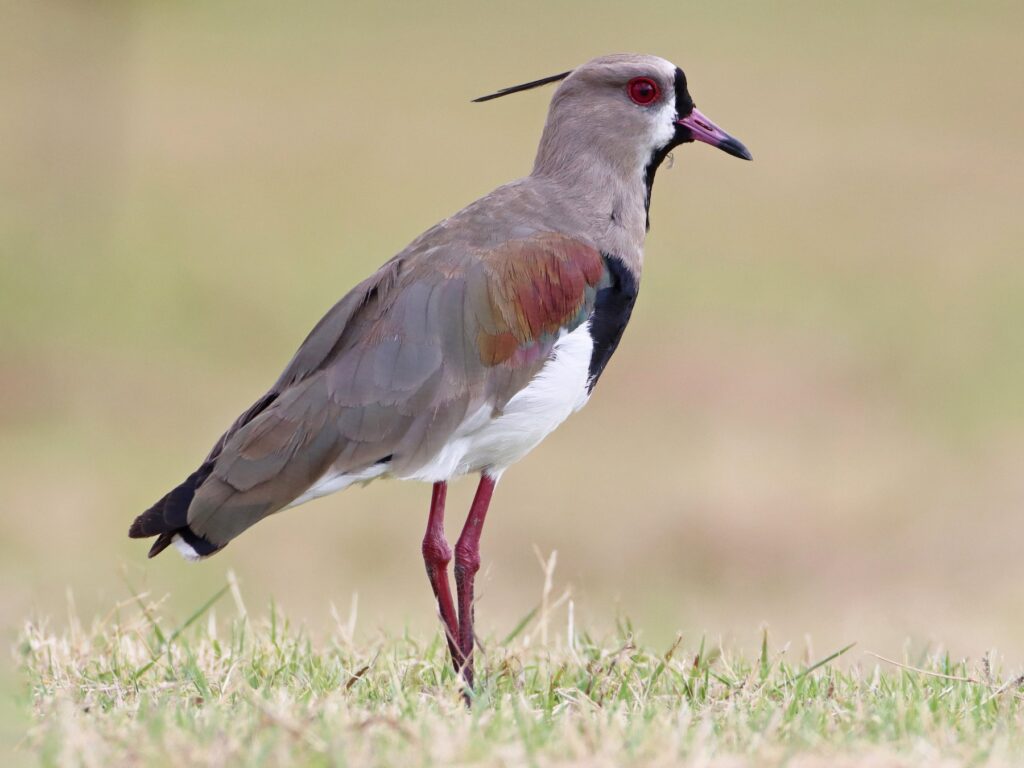
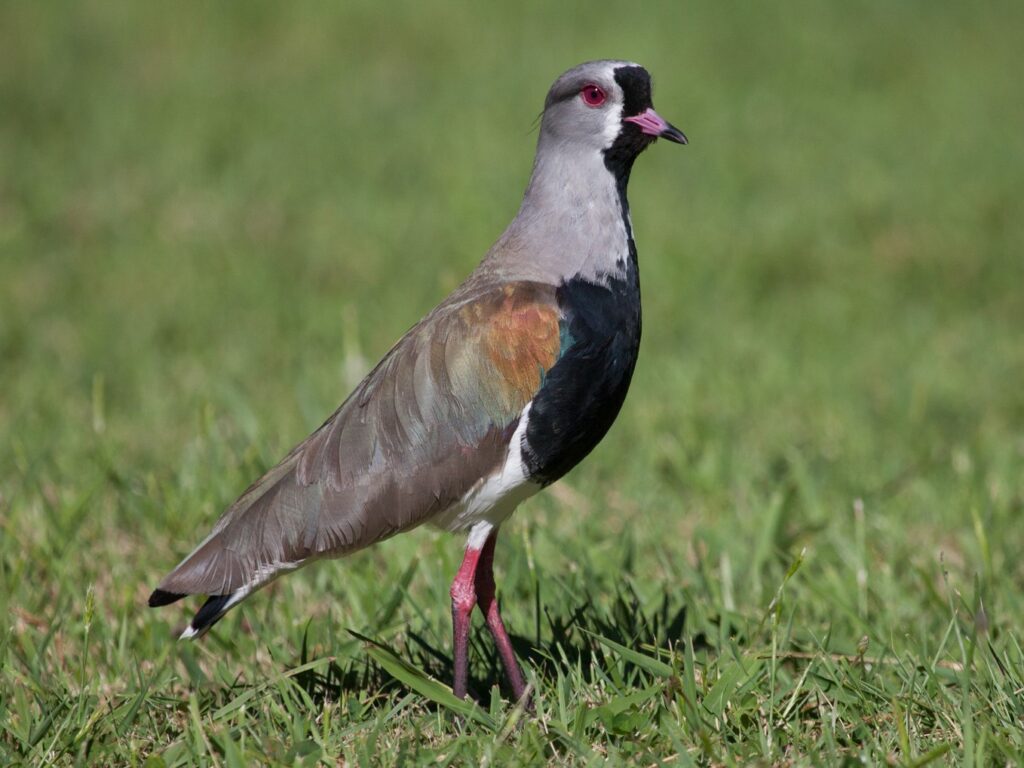
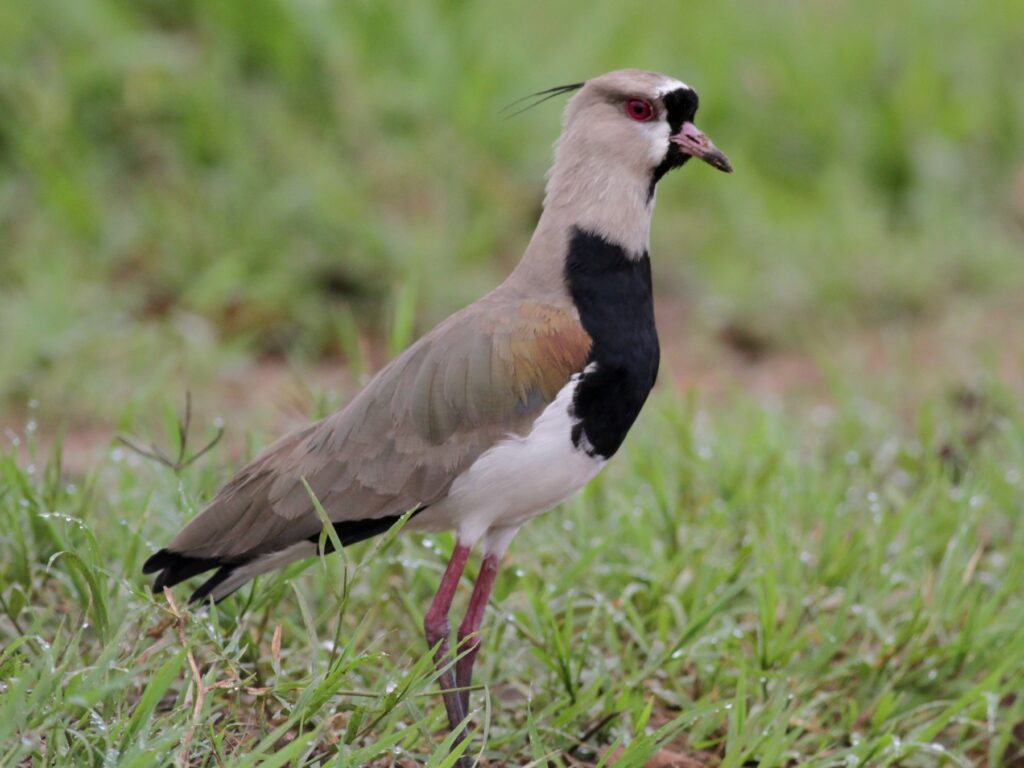
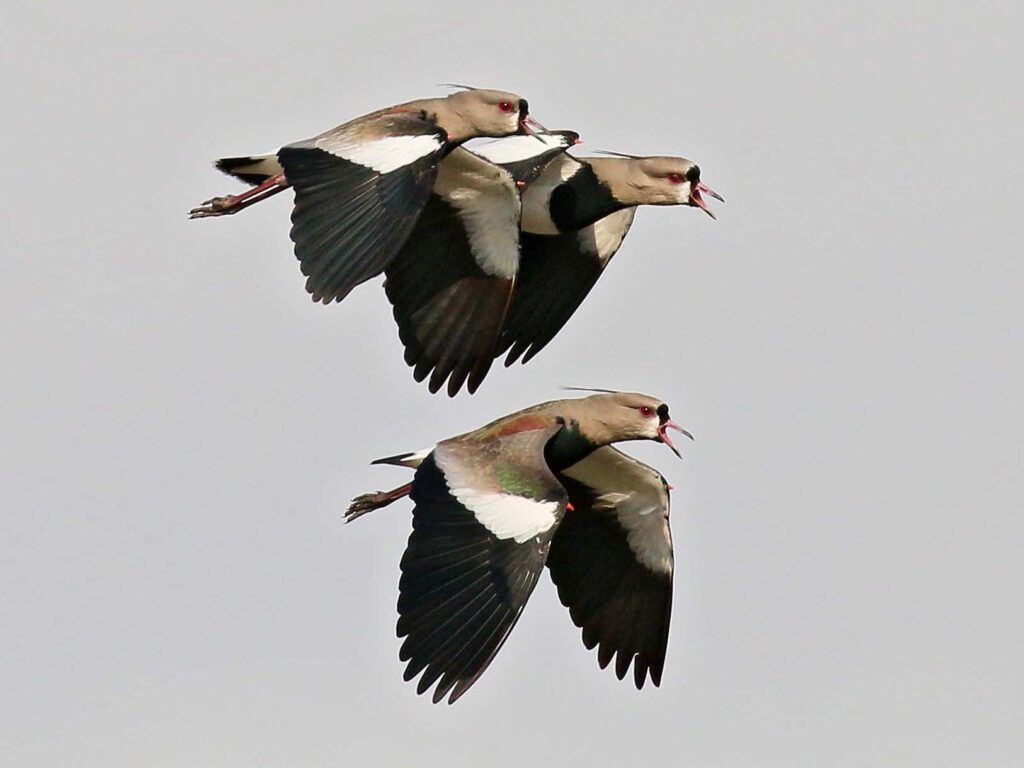
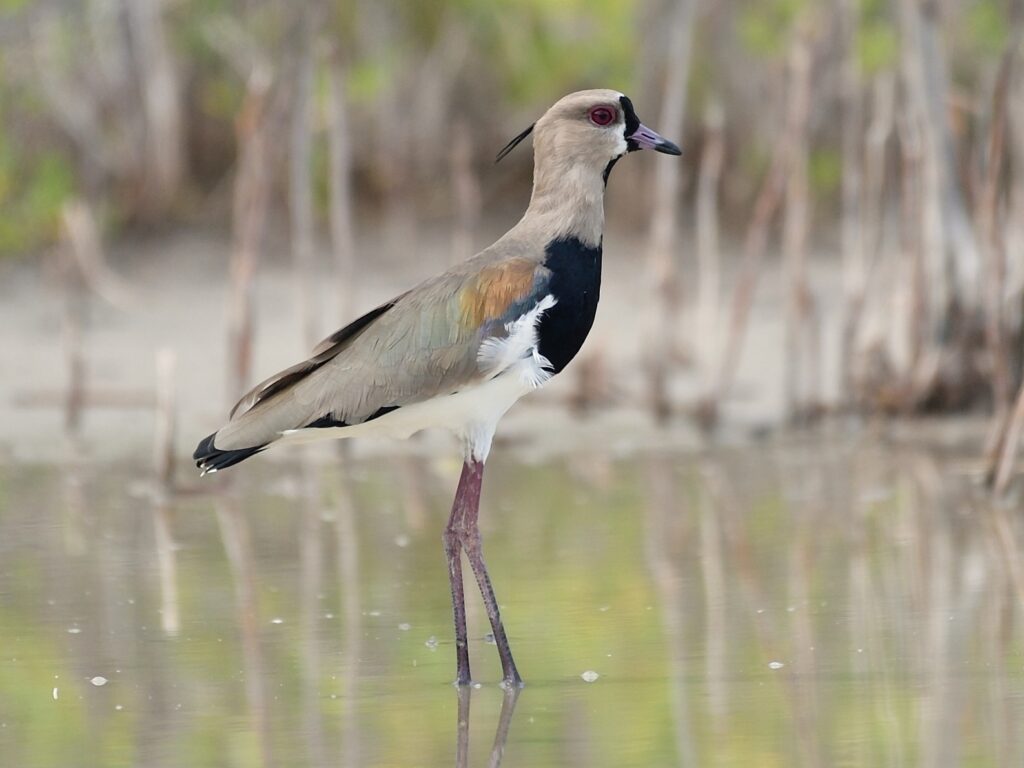

Key Takeaways
- The Southern Lapwing is notable for its striking appearance and social behavior.
- It inhabits varied environments, showcasing its adaptability across South America.
- Knowledge of its ecology can aid in effective birdwatching and conservation efforts.
Classification and Naming
This section focuses on the classification and naming conventions associated with the Southern Lapwing. It includes the scientific nomenclature and common names used for this bird species.
Scientific Nomenclature
The Southern Lapwing is scientifically named Vanellus chilensis. It belongs to the Charadriiformes order, which includes various shorebirds. The genus Vanellus is known for its distinctive features, including strong flight abilities and a notable calling sound.
Within this species, there are several subspecies. These subspecies can vary in appearance and habitat. For instance, some are found in wetlands, while others prefer open grasslands. Their distinct characteristics aid in identifying specific populations within different regions.
Common Names and Alpha Code
The Southern Lapwing is commonly referred to as “Tero” in some regions, particularly in South America. In Brazil, it is often called “Quero-Quero.” These names reflect local languages and cultural significance.
In ornithological contexts, the Southern Lapwing is designated with a four-letter alpha code: VANCH. This code helps in identifying the species in databases and research studies, making it easier for scientists and birdwatchers to communicate effectively.
These naming conventions help standardize the reference to the Southern Lapwing in various scientific and local contexts.
Habitat and Distribution
The Southern Lapwing thrives in specific environments that shape its behavior and population. This section explores the typical habitats where they are found, their geographical range, and how they adapt to urban areas.
Typical Habitats
Southern Lapwings prefer open habitats that include grasslands, wetlands, and marshes. These environments provide ample feeding opportunities and nesting sites. They are often seen in tropical grasslands where the vegetation is low, allowing for easy movement and visibility of predators.
In addition to natural habitats, they are frequently found near cattle ranching areas. Here, the disturbed land is ideal for foraging, as it attracts various insects. They also inhabit lake and riverbanks, which provide necessary water sources and suitable ground for nesting.
Geographical Range
The geographical distribution of the Southern Lapwing spans several countries in South America. They are commonly found in Brazil, Argentina, and Uruguay. Their range extends northward into parts of Central America, such as Trinidad and Tobago.
Their adaptability to different environments allows them to thrive in both rural and agricultural settings. This wide range reflects their ability to exploit various habitats for food and breeding.
Urban Adaptation
Southern Lapwings have shown remarkable adaptability to urban areas. They can often be seen in soccer fields and other open spaces within cities, utilizing these areas for nesting and feeding. Urban landscapes, with their low vegetation, mimic natural grasslands.
Their presence in cities indicates their flexibility in habitat choice. Southern Lapwings can thrive even as urban areas expand, demonstrating resilience and adaptability in changing environments. Such behavior helps maintain their population in a variety of settings.
Behavior and Ecology
The Southern Lapwing exhibits unique behaviors and ecological traits that support its survival in varied environments. Its feeding habits, reproductive strategies, and social structures greatly influence its lifestyle.
Diet and Feeding Habits
The Southern Lapwing primarily feeds on small invertebrates, including insects and other small invertebrates. It uses a specialized hunting method known as the run-and-wait technique. This involves running swiftly to chase prey and then stopping to ambush it.
These birds are not exclusively insectivorous; they also consume seeds and small crustaceans when available. This flexibility in diet allows them to thrive in diverse habitats. They often forage in open fields or wetlands, where they can easily spot their food.
Reproductive Aspects
Southern Lapwings are ground-nesting birds. They typically nest in small scrapes on the ground, often hidden in grass or vegetation. They lay a clutch of 2 to 4 eggs, which are usually camouflaged to blend with their surroundings.
Both parents take part in incubation, which lasts about 28 days. Once the chicks hatch, they are precocial, meaning they are able to walk and feed themselves shortly after birth. Parental care is essential, as they protect their young from predators and guide them to food sources.
Social Structure
These are gregarious species that prefer to live in flocks, particularly outside the breeding season. They often gather in groups which helps them in detecting predators more effectively.
Flocks provide safety in numbers, allowing individuals to forage together and maintain vigilance against threats. During nesting, they may defend territories aggressively, helping to ensure successful reproduction. Their social dynamics contribute significantly to their survival and adaptation in the wild.
Conservation and Status
The Southern Lapwing faces various challenges that affect its population and habitat. Understanding its current conservation status and the threats it encounters is crucial for effective protection measures.
Current Conservation Status
The Southern Lapwing is evaluated by the IUCN as a species of “Least Concern.” This classification indicates that, although it is not currently threatened, the population dynamics require monitoring. BirdLife International tracks its status, focusing on population sizes and trends.
Populations can vary significantly based on regional factors. In some areas, habitat loss and agricultural changes have been detrimental. In contrast, certain regions report stable populations due to effective conservation efforts. Protecting its breeding and wintering habitats is vital for ensuring its long-term survival.
Threats and Protection Measures
The Southern Lapwing faces several threats, primarily from habitat destruction. Urbanization, agriculture, and land-use changes have reduced the available wetlands and open areas it relies on.
Key protection measures include habitat restoration and management. Conservation programs target crucial areas where the Southern Lapwing breeds or feeds. Organizations and local governments often collaborate to create protected areas and implement monitoring systems.
Additionally, raising public awareness about the importance of preserving shorebirds like the Southern Lapwing aids in conservation efforts. Engaging local communities helps to promote coexistence and sustainable practices that benefit both the species and their habitats.
Observation Tips for Birders
To successfully observe Southern Lapwings, birders should focus on identifying their specific traits, know the best locations for spotting them, and adhere to proper birding etiquette. This information will enhance their experiences while ensuring the well-being of the birds.
Identifying Characteristics
Southern Lapwings are known for their striking appearance. They have black and white plumage with a distinct crown of feathers.
Key features include:
- Size: They are medium-sized waders, about 14-16 inches in length.
- Coloration: The adults have a grayish back with a white belly and black chest.
- Facial Markings: Notable black facial markings stand out against their white faces.
- Wings: They possess long wings with white wing stripes that are noticeable in flight.
Using an Identification Guide or a Field Guide can help birders distinguish these birds from similar species like the Northern Lapwing. Checking resources like Birds of Venezuela or Birds of Colombia can also provide additional information on regional differences.
Best Locations for Spotting
Southern Lapwings are often found in various habitats. They thrive in open areas such as grasslands, wetlands, and agricultural fields. Birders should look for them in locations like:
- Coastal Regions: They frequent beaches and estuaries.
- Farmlands: Agricultural fields provide good feeding grounds.
- Parks: They can often be seen in urban parks with open land.
Birders can use sites like North American Bird Search to find specific spots that feature these lapwings. Consulting Range Maps can help identify areas where these birds may be migrating or nesting.
Birding Etiquette and Practices
When birding, it is essential to be respectful of nature. Birders should practice the following:
- Stay Quiet: Loud noises can scare birds away.
- Use Binoculars: This helps maintain distance, minimizing stress on the birds.
- Limit Disturbance: Avoid approaching nests or congregations of birds.
Applying these principles benefits both the observer and the birds. Engaging with groups like the American Birding Association can also enhance birding experiences through shared knowledge and practices. Promoting responsible birding helps ensure that species like the Southern Lapwing remain safe and well-observed.
Frequently Asked Questions
The Southern Lapwing has unique traits and behaviors that set it apart from other birds. Understanding its diet, habitat, defense mechanisms, and conservation status can provide deeper insights into this remarkable species.
What distinguishes the Southern Lapwing from other wading birds?
The Southern Lapwing is known for its striking black and white plumage and long legs. It features a distinctive crown and long wings that make it easily identifiable among wading birds. Its behavior, including a loud call, adds to its uniqueness in various environments.
How does the Southern Lapwing defend itself against potential threats?
This bird employs aggressive displays to protect its territory and young. When threatened, it often performs distraction tactics, like feigning injury, to lure predators away from its nest. Its loud calls also serve as warnings to alert other birds.
What is the typical diet of the Southern Lapwing?
The Southern Lapwing mainly feeds on insects, small crustaceans, and seeds. It actively forages in open fields and wetlands. Its diet can vary depending on the availability of food sources in its habitat.
In which habitats can the Southern Lapwing commonly be found?
Southern Lapwings are often seen in grasslands, wetlands, and agricultural fields. They prefer open spaces where they can easily spot predators. These environments provide ample foraging opportunities.
What is the conservation status of the Southern Lapwing?
The Southern Lapwing is currently listed as a species of least concern. Its population remains stable due to its adaptability to different environments. However, habitat destruction poses ongoing risks.
Which regions are included in the Southern Lapwing’s range?
This bird is primarily found in South America, particularly in countries like Argentina, Brazil, and Paraguay. They thrive in various environments across these regions. Their range can extend into southern parts of Bolivia and Uruguay as well.
